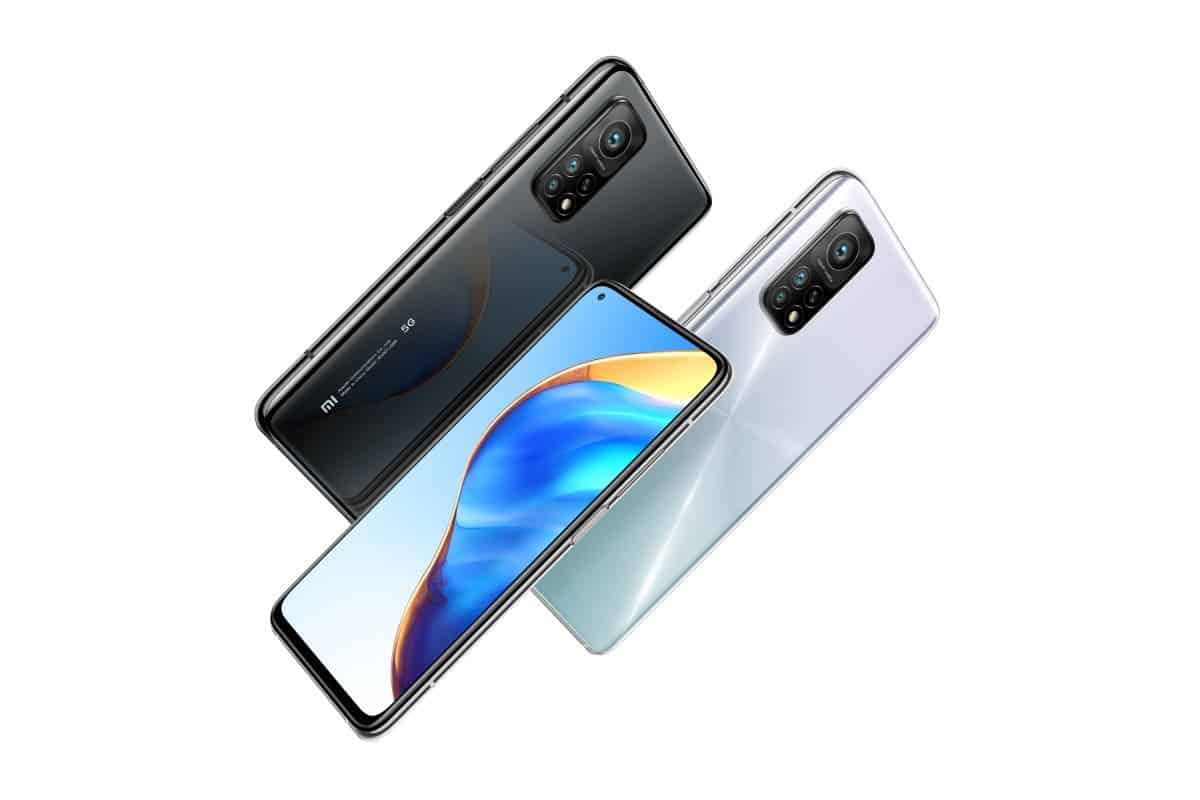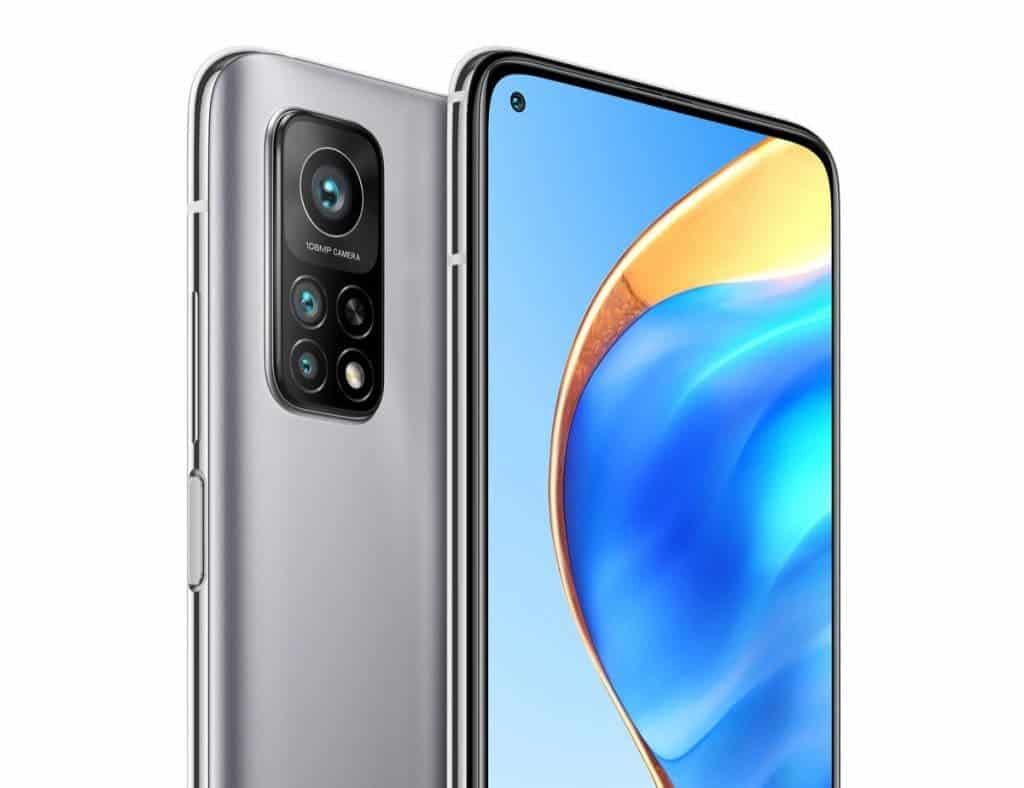The premiere of Xiaomi Mi 10T and Mi 10T Pro took place last month, which are identical in many respects. One of the similarities is the flat 6.67-inch IPS display with a 144Hz refresh rate. The type of panel determined the presence of a small chin below.
Xiaomi explains its choice of LCD displays in the Mi 10T series
There were those who wondered why the company made a choice in favor of an IPS-screen, and not OLED with curved edges on the sides. Nevertheless, Xiaomi Mi 10T and Mi 10T Pro gravitate more towards top-end devices and the presence of an OLED panel was more in line with this status. Techradar reporters managed to talk to the senior marketing manager of Xiaomi, who clarified what the company was guided by, making a choice in favor of a flat IPS panel.

As it turned out, the point is not at all in the desire to reduce the cost of the final product, as it might seem at first glance. According to a top manager of the company, a lot of polls and studies have been carried out, which made it clear that almost 60% of users prefer flat displays. But if they want a flagship device, they have to bear having a curved screen in their smartphone.
Speaking about the choice of IPS display, Xiaomi's senior product manager said that they are inferior to OLED panels in terms of color accuracy, wide color gamut and correct black display. But the IPS has a lower price and a more gentle effect on the eyes. According to him, about 10% of users report severe discomfort when working with OLED displays. "It is better to have a high-quality LCD, the best of the best LCD, versus a middling sort of AMOLED," summed up the representative of Xiaomi.
To summarize, the company's senior product manager wanted to convey to a wide audience the idea that the flat IPS display was installed at the request of users. They wanted it - and they got it. At the same time, we got the best LCD screen in the industry and safe for the eyes.

Xiaomi Mi 10T & Mi 10T Pro spces
Xiaomi Mi 10T and Mi 10T Pro are nearly identical smartphones and the major difference lies in the camera configuration. Find out all the key specifications down below.
- Display: 6.67-inch LCD with 1080p resolution, HDR10, up to 650 nits, Gorilla Glass 5, 144Hz adaptive refresh rate
- Memory & storage: up to 8GB + 128GB (for Mi 10T), 8GB+128GB (for Mi 10T Pro)
- Processor: Snapdragon 865 chipset, Adreno 650 GPU
- Rear cameras: 64MP+13MP+5MP (for Mi 10T), 108MP+13MP+5MP (for Mi 10T Pro)
- Selfie camera: 20MP front snapper, HDR, f/2.2
- Battery: 5,000 mAh capacity, 33W fast charging
- Software: Android 10 operating system, MIUI 12
- Connectivity: Bluetooth 5.1, NFC, Infrared sensor, Type-C port, dual-band WiFi
- Biometrics: side-mounted fingerprint sensor
As mentioned earlier, the only difference between both devices is the primary camera sensor. While the regular Mi 10T makes use of a 64MP snapper, the Pro variant features a large 108MP shooter.






Place comments
0 Comments
You are currently seeing only the comments you are notified about, if you want to see all comments from this post, click the button below.
Show all comments